Appeal, Threat, and Press Resonance: Comparing Mayday Protests in London and Berlin
Since its beginnings in 1890, the First of May (hereafter Mayday) was meant to symbolize the presence and power of the workers' movement. Throughout its history, this day served two purposes for the movement. On the one hand, the workers took to the streets to let their voices be heard in marches, rallies, and various other public gatherings. Thus, Mayday was proclaimed as a "day of struggle", a recurrent opportunity for the movement to symbolically flex its muscles and make claims to further the workers' cause. On the other hand, Mayday also helped strengthen internal bonds and maintain the collective identity. For this purpose, the workers came together—usually after the public performances in the morning or early afternoon—to sing and drink as though they were family. This two-fold character of a "day of struggle" and a "day of festivities"' still can be found in many Mayday events.

